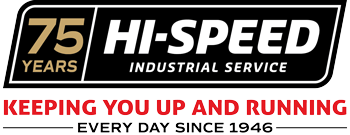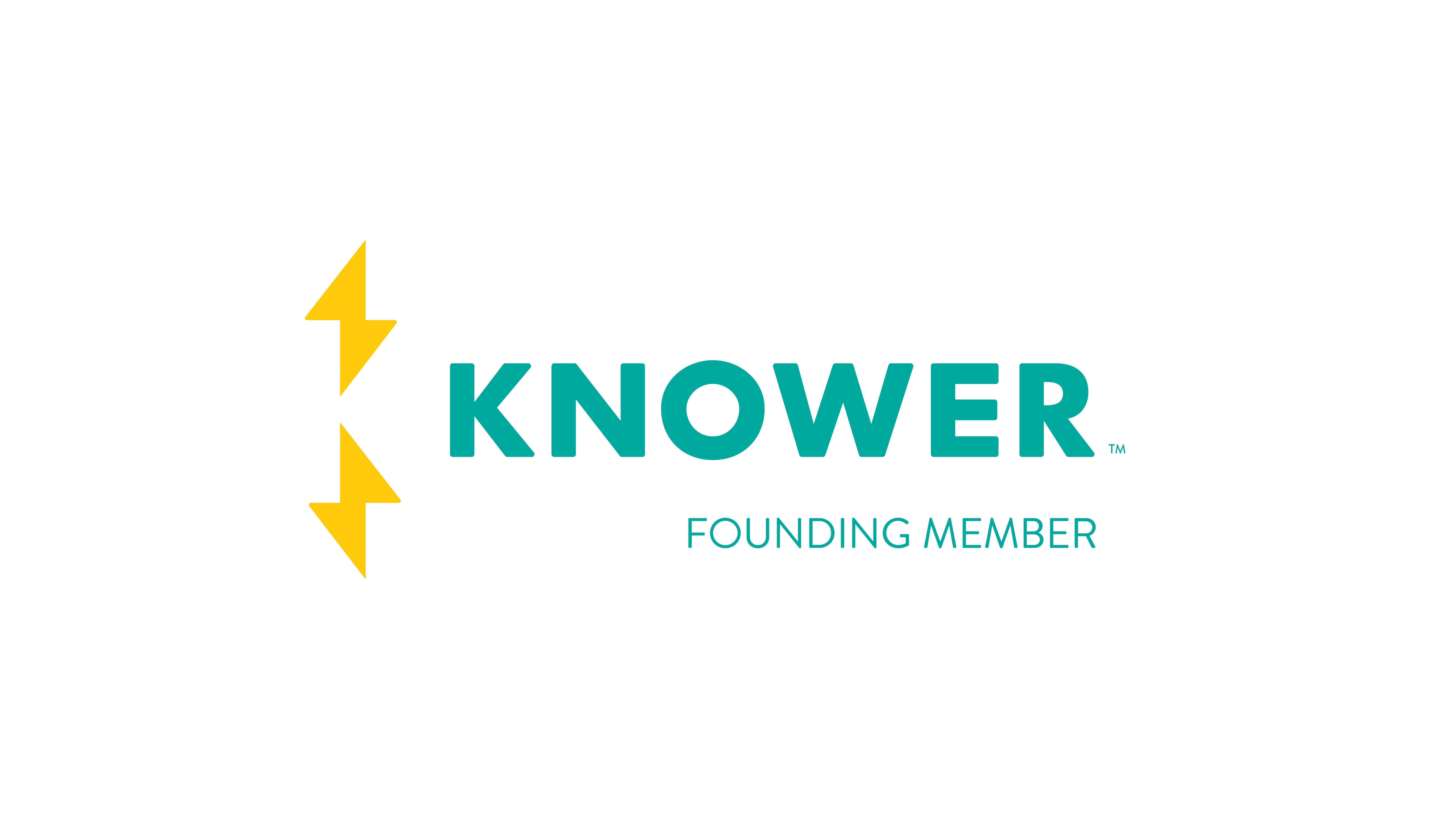When operating an overhead crane, proper material handling techniques are essential for worker and material safety. However, despite all the required training and annual inspections, hundreds of crane accidents and deaths occur annually across the US.
A crane-involved fatality occurs when the primary or secondary source is a crane or the worker’s activity involves crane operation. Primary and secondary sources are defined by the Occupational Injury and Illness Classification System (OIICS).
According to the latest Bureau of Labor Statistics (BLS) report, improper crane operation during the seven-year study period resulted in 297 worker deaths, as illustrated below.
| Percentage | Industry/Occupation |
| 43% | Private construction |
| 33% | Material handling/Transportation |
| 24% | Manufacturing/Assembling |
| Percentage | Activity/Location |
| 22% | Worker operating crane |
| 23% | Worker engaged in construction/assembly/disassembly |
| 27% | Construction site |
| 24% | Factory or plant |
| 8% | Road construction site |
| 6% | Dockyard |
| Percentage | Event/Exposure |
| 52% | Struck by object or equipment |
| 38% | Struck by falling object or equipment |
| 32% | Crane used to move object or equipment |
| 13% | Transportation |
| 14% | Worker falls |
The steps you take before and after moving a load are just as important as moving the load. So, let’s quickly review the best material handling practices to maximize worker safety and productivity.
Overhead Crane Maintenance
Proper crane maintenance is essential for safe material handling. Regular servicing will reduce repair costs while extending the lifespan of your crane and improving worker safety.
Every crane and its supplemental components should be visually inspected before each use for signs of damage or excessive wear and tear. The individual crane components should also be regularly tested to ensure that all acceleration and braking systems function correctly. Always respect the load and lift capacities assigned by the crane manufacturer. Never operate a crane with non-functioning limit switches.
If you don’t already have one, research, develop, and implement an overhead crane operation checklist, using it before every lift.
Overhead Crane Training
The importance of proper training cannot be overstated. Material handling is inherently dangerous, which makes safe loading and moving practices essential for worker safety and job-site efficiency. Planning, communication, and visibility is key across every step of the loading and lift processes to ensure speed, accuracy and safety. Before moving a load, it is essential to ensure the operators are adequately trained and the workspace is clear of potential hazards.
- Check that the ground is suitable for the combined weight of the crane and anticipated loads.
- Verify the loads are within the crane’s safe operating range.
- Ensure all slings, hooks, hardware, etc., are appropriate for the load, in good working order, and have appropriate angles.
- Ensure that loose materials like blocking and packing are removed before lifting the load.
- Remove any slack from the sling or cables before lifting.
- Ensure the lifting device is fully seated into the hook saddle.
The operator is now ready to hoist and move the load with the lift area secure.
Moving and Hoisting Loads
- Smoothly move the crane controls to avoid abrupt movements (swinging) to the load.
- Designate one slinger as the lead and follow only their directions. (Except for a full stop)
- Use only agreed-upon signals for clear and effective communication.
- Utilize a bell, horn, or siren to ensure the lift area is clear before slowly starting the hoist.
- Lift the load a small amount to verify the braking system works before proceeding with the total lift.
- Always set the load down on blocking material.
- Do not lower the load to a level with less than two full wire wraps around the drum.
- In the event of a power failure, move all controls to the off position and remain in the cab until help arrives.
- Never lift a load from the side. Instead, center the crane directly over the load to minimize swinging.
- Do not allow anyone to ride on the hook or load.
- Never leave slings hanging from the load hook.
- Do not raise loads higher than necessary to clear objects or equipment.
- Never move or pass a load over workers.
- Do not walk on the crane runway.
- Never leave a suspended load unattended.
Please note that specialized materials such as chemicals, molten metals, or radioactive materials will have additional safe handling requirements in addition to the abovementioned practices. Visit the National Commission for the Certification of Crane Operators to learn more about crane operator certifications.
While our commitment to keep you up and running typically involves parts, maintenance services, and upgrades, worker safety must be paramount for any company that utilizes cranes. If you have any questions about establishing your overhead crane operation checklist or anything crane-related, call us at 800-713-0103 or email the Hi-Speed Material Handling Experts today.

